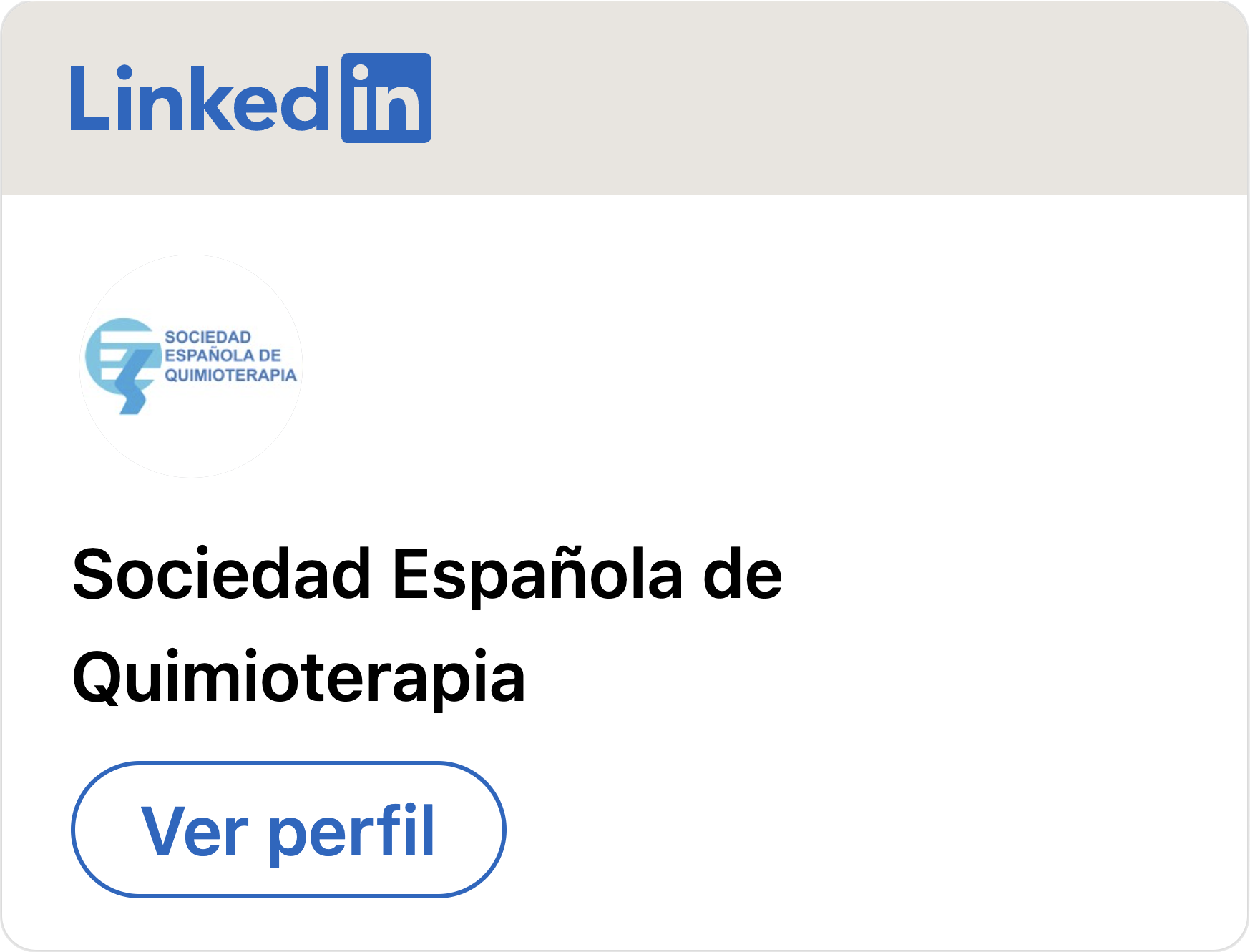Rev Esp Quimioter 2011:24(1):4-12
Proton pump inhibitors and infection risk
E. PALENCIA-HERREJÓN, B. SÁNCHEZ, I. ESCOBAR, M. L. GÓMEZ-LUS
Gastric antisecretory drugs, especially proton pump inhibitors, are among the most used drugs both in ambulatory and hospital settings, and prescription does not always follows approved indications. Experimental data suggest that gastric acid inhibition and the effects of proton pump inhibitors on the immune system can promote the development of infections. In recent years a number of observational studies have found an independent association between the use of proton pump inhibitors and an increased risk of gastrointestinal infections, including those caused by Clostridium difficile, and community and nosocomial pneumonia. This review discusses the current evidence, raises the potential pathogenic mechanisms involved and makes recommendations for current clinical practice and future research.
Rev Esp Quimioter 2011:24(1):4-12 [pdf]

